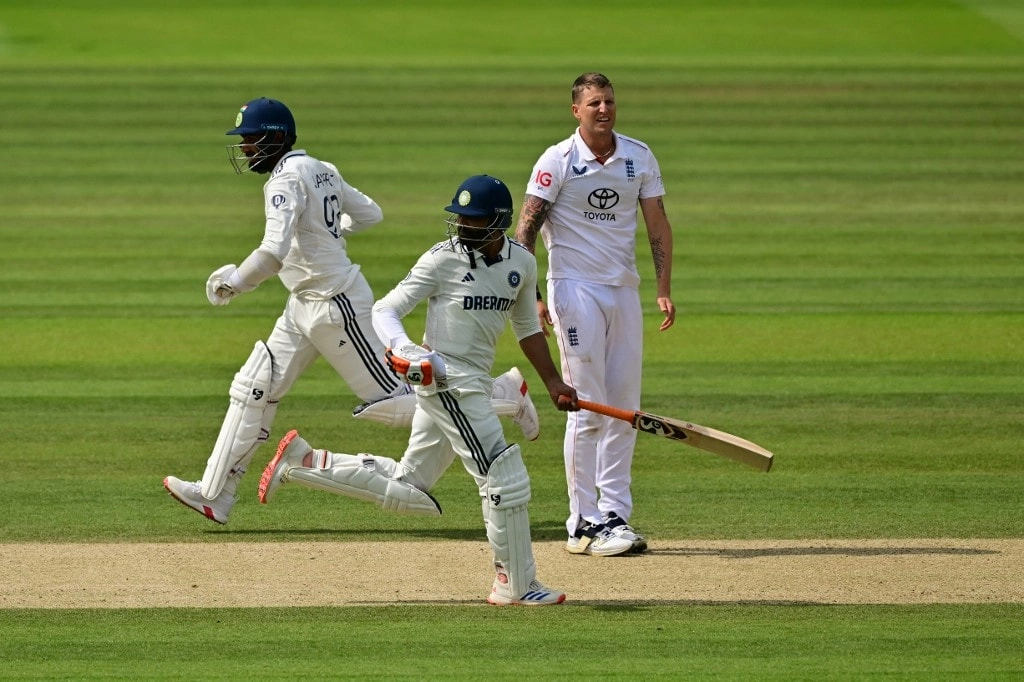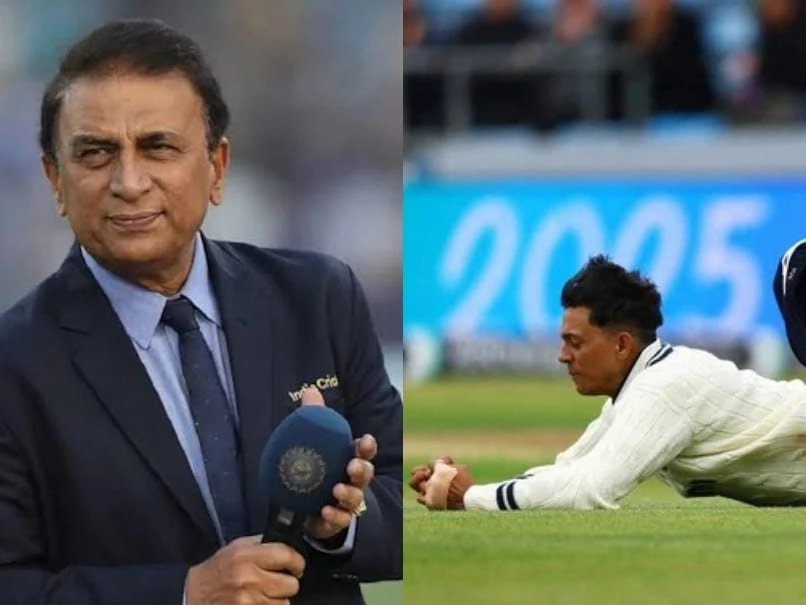The recent decision to release India’s fast bowler after the first Test match has sparked considerable discussion among cricket enthusiasts and analysts alike. Reports have emerged indicating that the decision was not merely a tactical move but was influenced by several underlying factors. The player in question, who performed reasonably well during the match, was expected to be a key asset for the team’s bowling lineup. However, it appears that the coaching staff and selectors had other considerations that led to his early release from the squad.
Sources suggest that the pacer’s release was not due to performance issues, but rather a strategic decision aimed at managing the team’s overall fitness and workload. With a packed schedule ahead, the coaching staff is keen on ensuring that players remain in peak physical condition. The decision reflects a growing trend in modern cricket where teams prioritize long-term fitness over short-term gains. By allowing the bowler to rest and recuperate, the management aims to prevent potential injuries that could arise from overexertion in a demanding series.
Additionally, the release could also be a move to give younger or less experienced bowlers an opportunity to prove themselves on the international stage. This approach not only fosters competition within the squad but also aids in their development, preparing them for future challenges. It’s a calculated risk that could pay off in the long run, as emerging talents gain invaluable experience in high-pressure situations.
As the cricketing world continues to evolve, decisions like these highlight the complexity of team management and the delicate balance between performance and player welfare. Fans and analysts will undoubtedly be keeping a close eye on the subsequent matches to see how the team adapts to this change and whether the decision to release the pacer proves to be a tactical masterstroke or a missed opportunity. In the end, such decisions underscore the intricate dynamics of international cricket, where every choice can have far-reaching implications for a team’s success.




